Modern agricultural operations increasingly rely on controlled environments to maximize crop yield and quality. Among critical design considerations, effective daylight management stands central to plant development and operational efficiency. Fiberglass Reinforced Plastic (FRP) daylighting panels have emerged as a functional material choice for greenhouse structures seeking balanced light transmission and structural resilience.
Challenges in Conventional Greenhouse Coverings Traditional greenhouse materials present operational limitations that impact productivity. Glass installations, while providing clarity, carry structural weight requirements and vulnerability to impact damage. Polyethylene films offer initial cost advantages but degrade under prolonged UV exposure, requiring frequent replacement. Both materials demonstrate limitations in thermal regulation, often necessitating supplemental heating or cooling systems. Hail events and snow accumulation further test the durability of conventional coverings, risking structural compromise and crop loss.
Functional Attributes of FRP Daylighting Panels Light Diffusion Characteristics The composite construction diffuses sunlight effectively, scattering direct rays into uniform ambient illumination. This diffusion prevents leaf scorching while promoting photosynthesis efficiency across canopy layers. The elimination of concentrated light spots helps maintain consistent growing conditions throughout greenhouse sections.
Structural and Environmental Resilience The embedded glass fiber reinforcement provides tensile strength capable of withstanding typical environmental stresses. Impact resistance helps protect against hail damage, while the material's load-bearing capacity accommodates moderate snow accumulation. UV-resistant formulations maintain light transmission properties without significant degradation over seasons. Thermal stability allows the material to endure temperature fluctuations between day and night cycles without warping or brittleness.
Thermal Regulation Properties Certain panel formulations provide insulation characteristics that moderate interior temperature extremes. This thermal buffering reduces abrupt temperature shifts that stress plants, potentially decreasing dependency on auxiliary climate control systems. The balance between light admission and heat retention contributes to more stable growing environments.
Operational Advantages in Agriculture Season Extension Capability Consistent light transmission during shorter daylight periods enables growers to extend production seasons. The diffused illumination compensates for lower-angle winter sunlight, supporting growth during months traditionally unsuitable for uncovered cultivation.
Crop Quality Considerations Uniform light distribution promotes even growth patterns and maturation timing. Reduced shadowing allows lower canopy levels to receive adequate illumination, potentially improving yield consistency across planting areas. The elimination of direct beam intensity minimizes stress on sensitive species.
Durability and Maintenance Factors Unlike film-based systems requiring periodic replacement, these panels maintain functional integrity across multiple growing cycles. Surface properties resist dirt accumulation and allow easy cleaning with non-abrasive methods. The absence of coating requirements simplifies upkeep between planting rotations.

Installation and Structural Integration Implementation follows principles similar to rigid panel greenhouse construction:
Compatible with both freestanding and gutter-connected structural frameworks
Custom cutting accommodates ventilation systems and irregular roof geometries
Sealing techniques prevent condensation ingress at joining points
Thermal expansion accommodation designed into mounting hardware
Retrofit compatibility with existing metal substructures
Environmental Impact Profile Material longevity reduces replacement frequency and associated resource consumption. Energy conservation potential arises from decreased artificial lighting requirements and possible reductions in heating/cooling demand. End-of-life recyclability exists through specialized composite reclamation processes.
Implementation Considerations Project planning should address:
Site-specific light transmission requirements for target crops
Local climate data integration (snow/wind loading calculations)
Ventilation strategy compatibility
Maintenance access planning for cleaning
Condensation management system design
Chuanyabuilding recognizes these variables through technical support resources addressing regional implementation nuances. The company's development approach prioritizes material consistency to ensure predictable performance across diverse agricultural applications.
Performance Optimization Practices Orientation and Angle Specifications Installation positioning affects seasonal light capture efficiency. Strategic angling maximizes winter sunlight penetration while mitigating summer heat buildup. Regional latitude informs optimal slope calculations.
Complementary System Integration The panels function within integrated environmental control systems:
Compatibility with automated shading solutions
Coordination with supplemental lighting layouts
Alignment with rainwater collection gutters
Interface with energy curtain installations
Future Development Trajectories Ongoing material research explores:
Enhanced spectral transmission properties for specialized horticulture
Improved anti-condensation surface treatments
Modular connection systems for simplified installation
Recycled material integration pathways
Chuanyabuilding participates in these advancements through agricultural testing partnerships that evaluate real-world performance parameters across crop varieties and climate zones.
Practical Selection Guidance Growers evaluating daylighting solutions might consider:
Crop-specific daily light integral (DLI) requirements
Structural load capacity of existing or planned frameworks
Local weather pattern challenges (hail frequency, snow loads)
Labor resources for maintenance operations
Expansion flexibility for future operations
The functional attributes of these panels present a balanced approach to greenhouse design – addressing both the biological needs of plants and the operational realities of modern agriculture. Their integration represents a practical step toward more efficient and resilient controlled-environment growing systems.









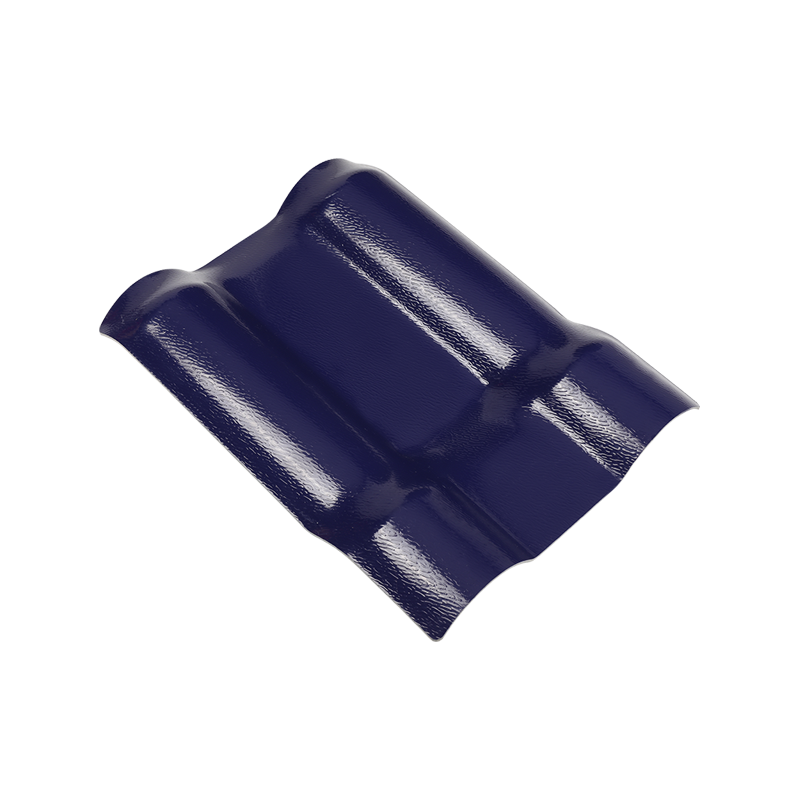
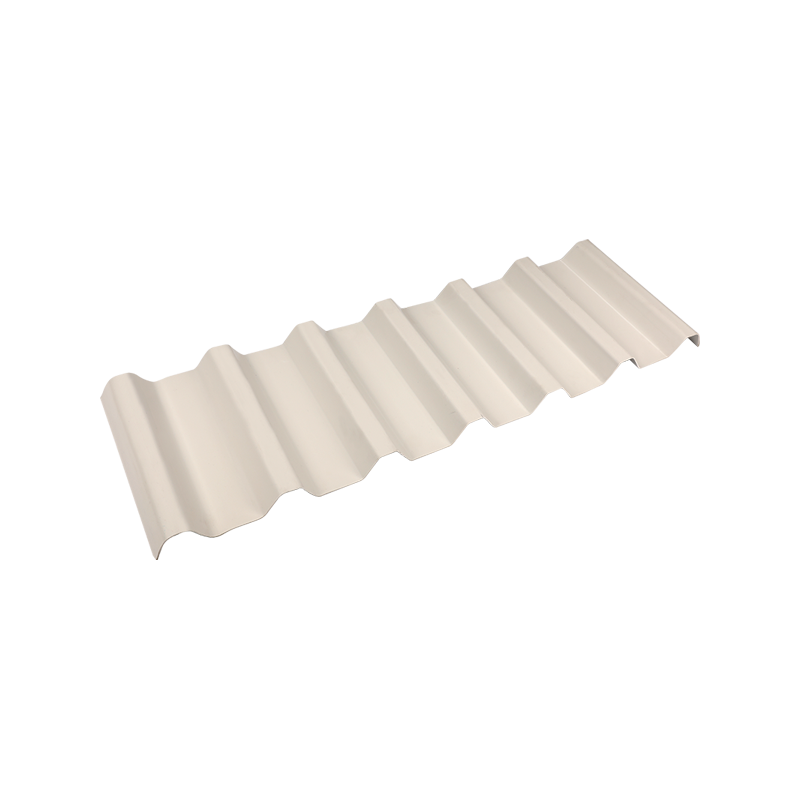
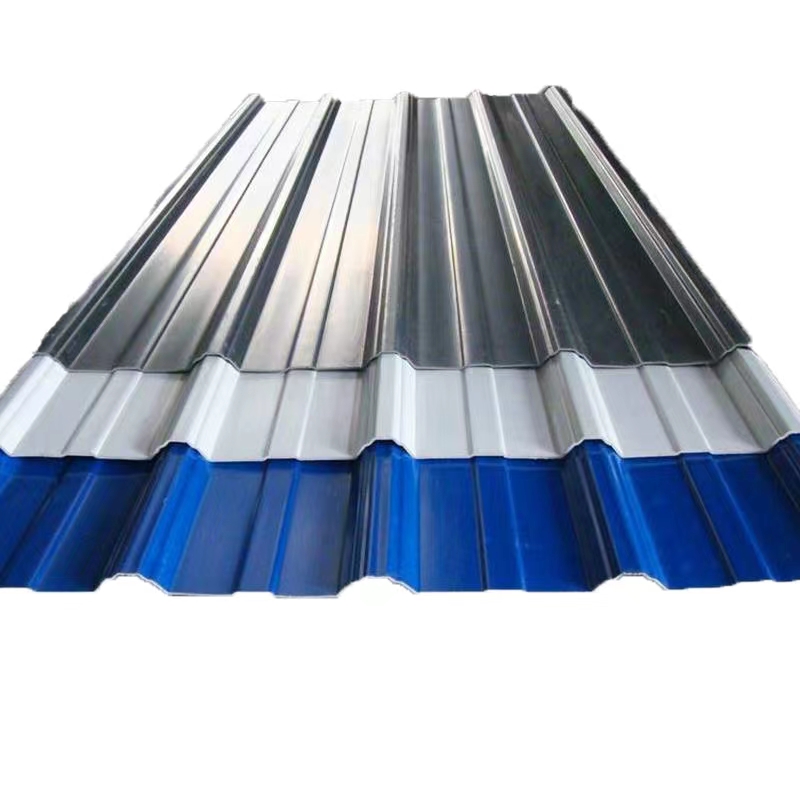
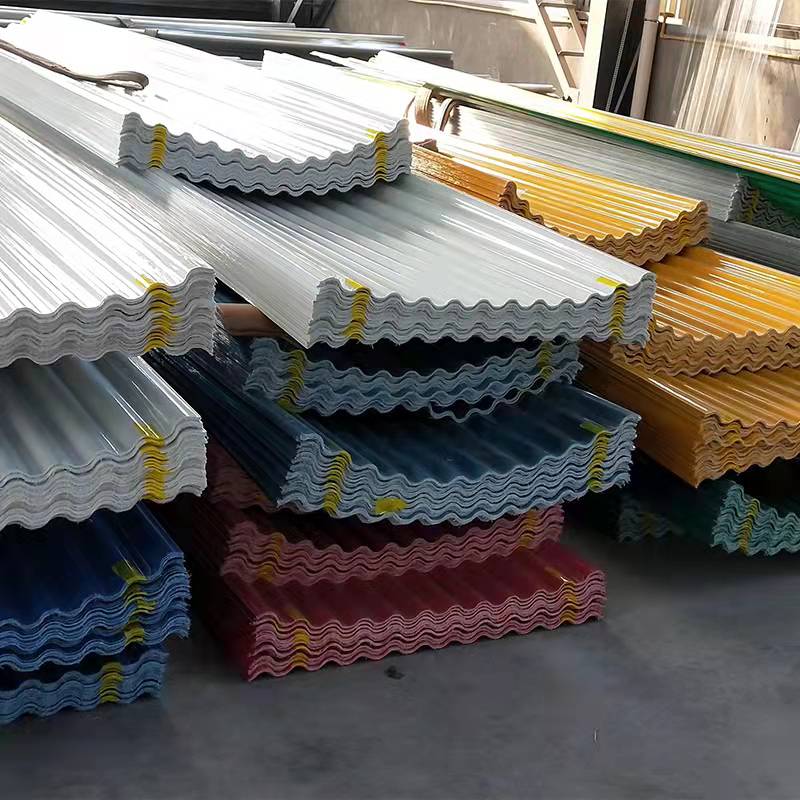
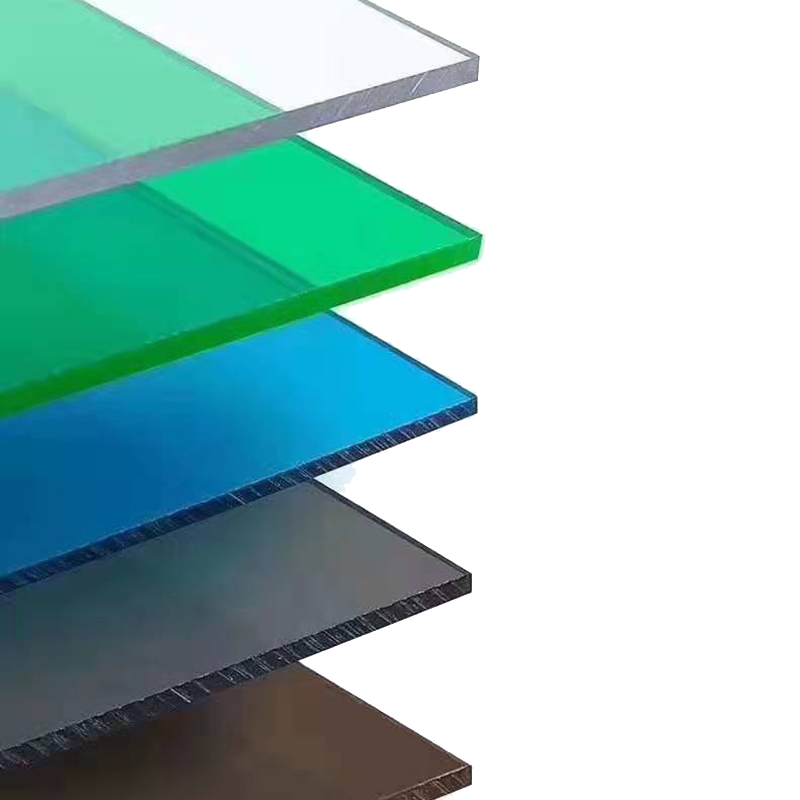
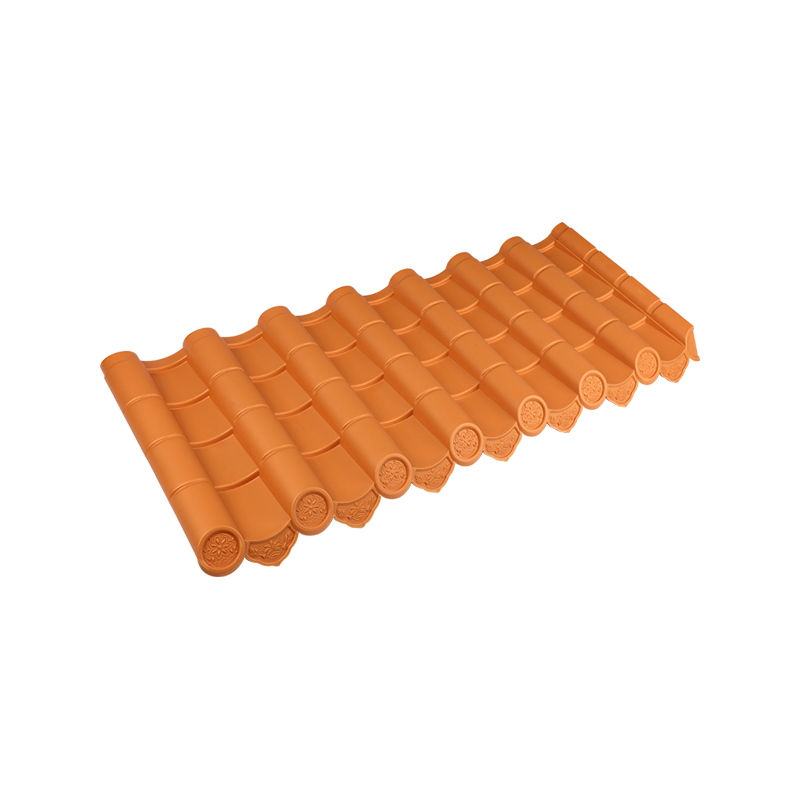
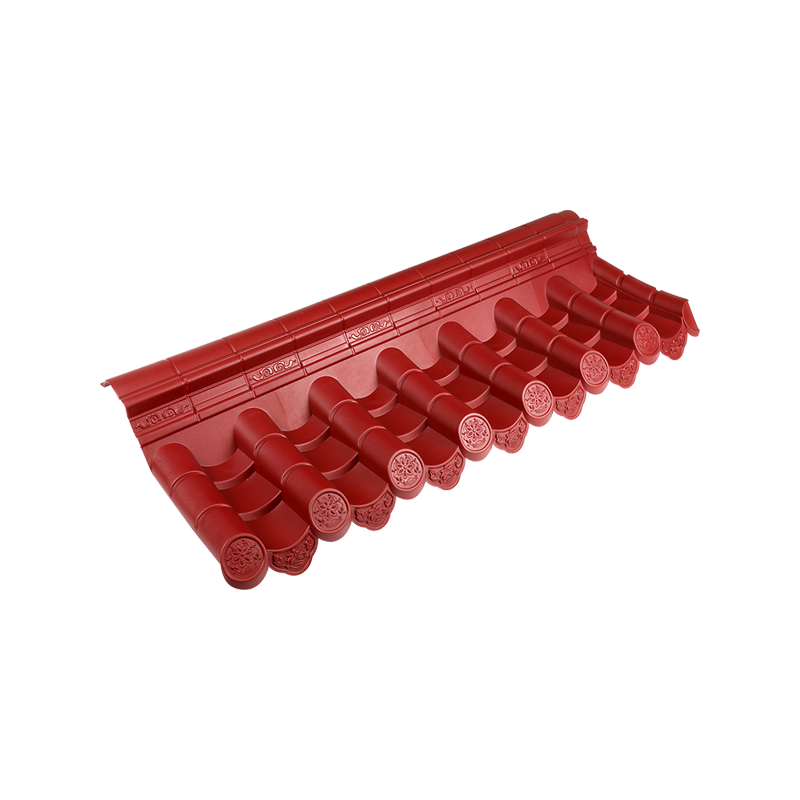


 Email:
Email: Phone:
Phone: Adress:
Adress: